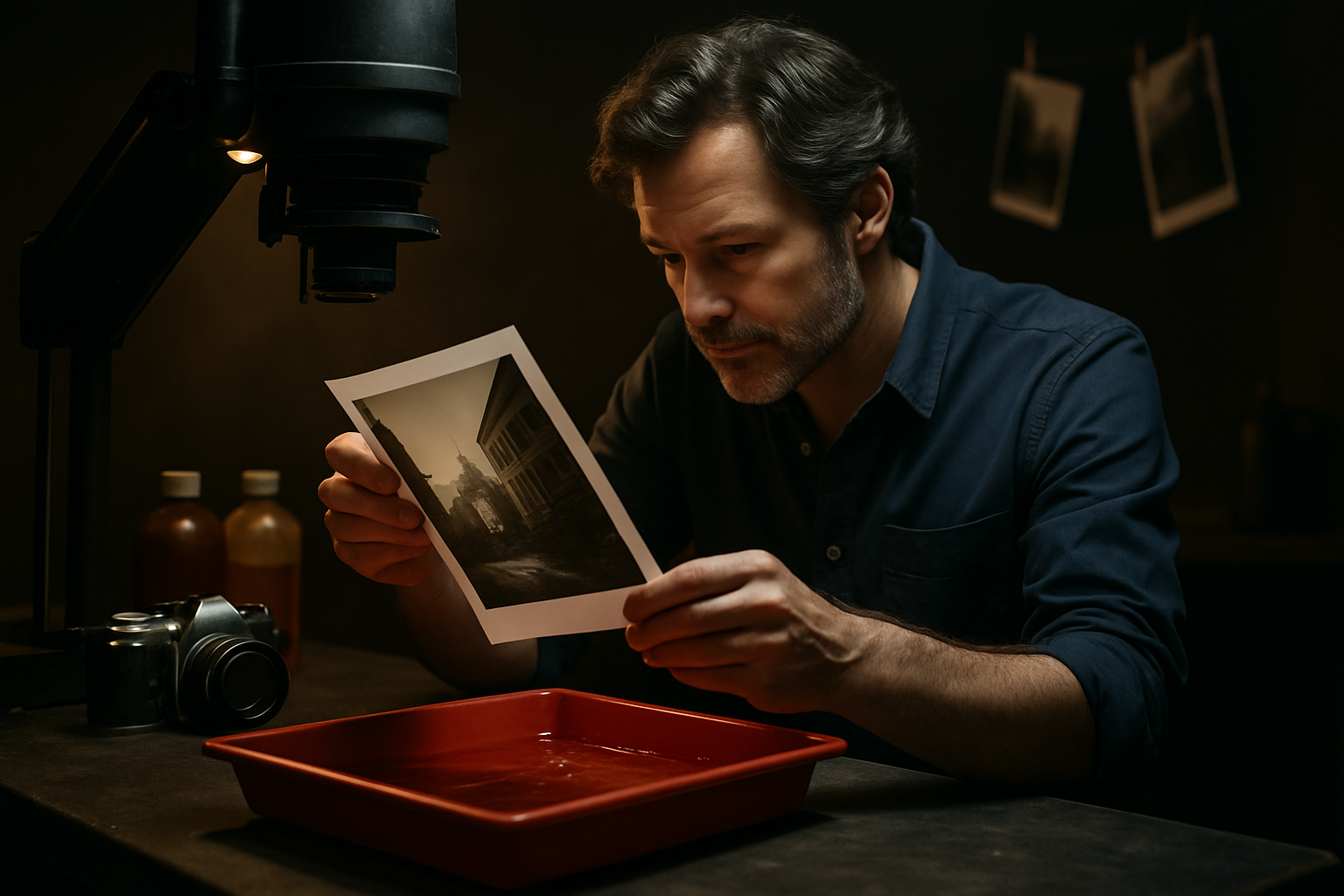The Resurgence of Analog Photography in the Digital Age
In an era dominated by digital technology, a surprising trend has emerged in the world of photography. Analog photography, once thought to be obsolete, is experiencing a remarkable revival. This resurgence has captivated both seasoned professionals and young enthusiasts, sparking a renewed interest in the artistry and craftsmanship of film-based image capture. As digital cameras continue to evolve, why are so many photographers returning to the roots of their craft?

A Return to Craftsmanship
Analog photography demands a level of skill and patience that many find lacking in the instant gratification of digital. The process of loading film, manually adjusting settings, and developing negatives requires a deep understanding of the craft. This return to hands-on techniques has reignited passion for many photographers who felt disconnected from their art in the digital realm. The limitations of film also force photographers to be more deliberate in their compositions, leading to a more thoughtful approach to image-making.
The Tangible Appeal
In an increasingly digital world, the physicality of film photography offers a refreshing change. The tactile experience of handling negatives and prints provides a connection to the art form that many find lacking in digital workflows. This tangibility extends to the final product, with film prints offering a depth and texture that digital often struggles to replicate. Collectors and galleries have taken note, with analog prints seeing a resurgence in the art market.
Educational Renaissance
Photography schools and workshops have seen a significant uptick in demand for analog courses. This educational renaissance is driven by both young students eager to learn traditional techniques and established photographers looking to reconnect with their roots. The hands-on nature of film photography provides a deeper understanding of fundamental concepts like exposure and composition, skills that translate to improved digital work as well.
Sustainability and Slow Photography
The analog revival aligns with growing concerns about sustainability and mindful consumption. The slow, deliberate nature of film photography encourages a more thoughtful approach to image-making, contrasting with the often wasteful practice of excessive digital shooting. Additionally, the longevity of film negatives as a storage medium appeals to those concerned about the long-term preservation of their work in an era of rapidly changing digital formats.
Industry Adaptation
The photographic industry has taken note of this trend, with both established companies and new startups catering to the analog market. Film manufacturers have revived discontinued stocks, while new brands have emerged to meet the growing demand. Camera manufacturers have reintroduced classic models, and darkroom equipment has seen a resurgence in production. This industry support has been crucial in sustaining the analog revival, ensuring that photographers have access to the tools and materials they need.
Digital Integration
Interestingly, the analog revival has not occurred in isolation from digital technology. Many photographers are embracing hybrid workflows, combining the aesthetic of film with the convenience of digital post-processing. Specialized film scanners allow for high-quality digitization of negatives, while software emulations of film stocks bring analog aesthetics to digital images. This blending of old and new technologies represents a unique evolution in the photographic landscape.
Cultural Impact
The resurgence of analog photography has had ripple effects beyond the world of image-making. It has influenced fashion, with film cameras becoming stylish accessories. Music album covers and movie posters have embraced the film aesthetic, capitalizing on its nostalgic appeal. This cultural impact demonstrates how the analog revival is more than just a niche interest, but a significant shift in visual culture.
Looking to the Future
As the analog photography revival continues to gain momentum, questions arise about its long-term sustainability. Will it remain a niche interest or grow into a significant segment of the photography market? The answer likely lies in the ability of the analog community to continue innovating while preserving the core appeal of film photography. As digital technology advances, the unique qualities of analog may become even more valued, ensuring its place in the future of photography.





